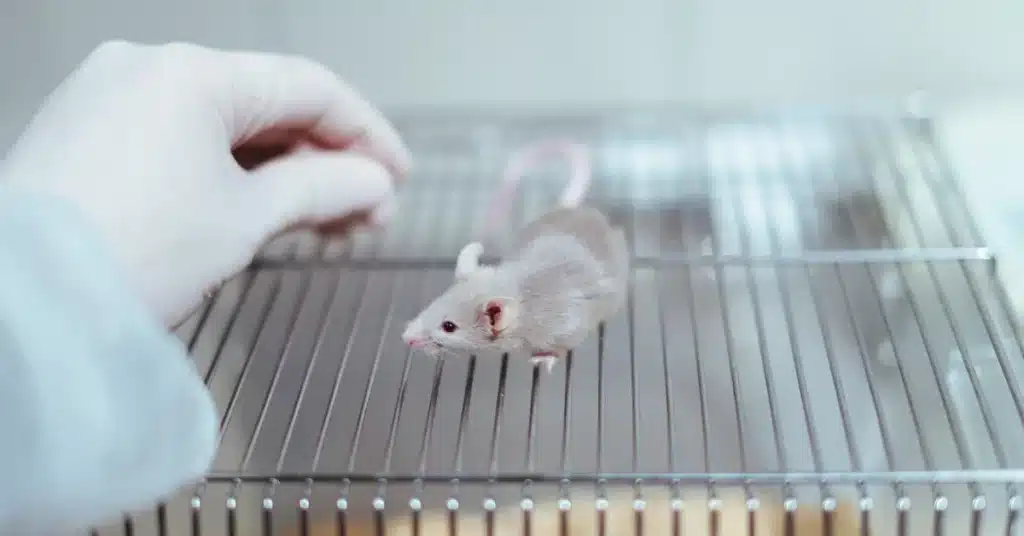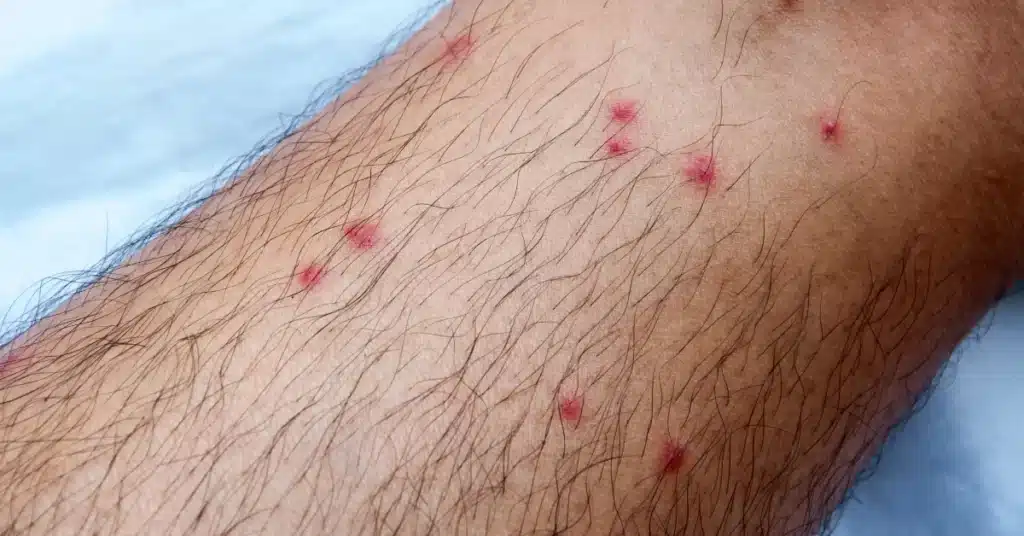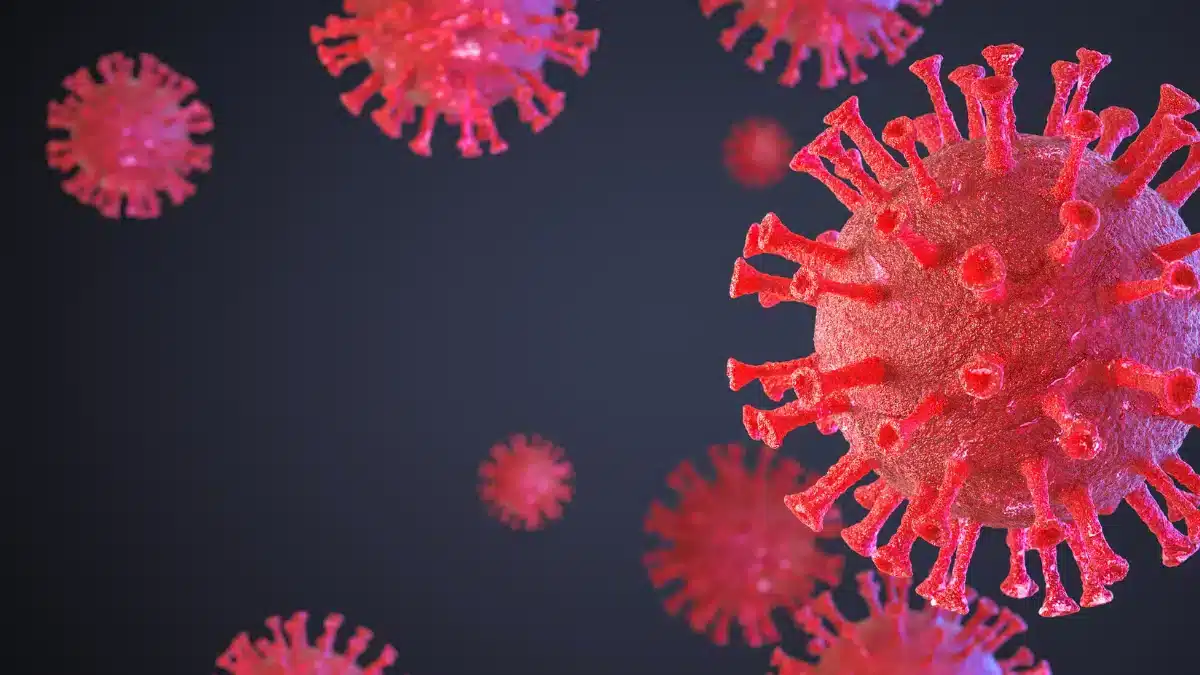First Death from Alaskapox Virus Confirmed: What You Need to Know
An elderly man has died from complications of a rare virus known as Alaskapox, according to a bulletin posted by Alaska state public health officials.
The Alaskapox virus was first identified in Fairbanks, Alaska, in 2015, according to the Alaska Department of Health.
Since then, there have been only seven cases reported in the state, according to the state health department.
This is the first case of an Alaskapox infection resulting in hospitalization and death ever reported.
State public health officials noted the patient was an elderly man who was immunocompromised, putting him at higher risk for severe illness.
Alaskapox is part of a family of viruses known as orthopoxviruses, several of which are known to infect and cause disease in humans.
The most well-known of these is variola, or smallpox, a frequently fatal virus that is one of the deadliest diseases in human history and is still the only human disease to have ever been eradicated.
Alaskapox virus, also known as AKPV, is related to smallpox, cowpox, and mpox, health officials said. Symptoms can include a rash, swollen lymph nodes, and joint or muscle pain.
The virus typically occurs in small animals, commonly identified in voles and shrews, according to the Alaska State Department of Health.

There have been no reports of human-to-human spread, according to the state health agency.
There’s no evidence so far of person-to-person transmission for the cases that have been identified.
Julia Rogers, Ph.D., an officer with the Centers for Disease Control and Prevention’s epidemic intelligence service, working closely with the Alaska Department of Health, shared with ABC News.
It remains unclear how the deceased resident was infected with the virus.
They lived alone in a forested area and reported caring for a stray cat, which later tested negative for the virus, according to the state’s bulletin.
It could be that the cat was catching voles or shrews and eating them and then having the viable virus in its claws, and that was the route of infection through a scratch.
Dr. Joe McLaughlin, state epidemiologist and chief of the Alaska Division of Public Health Section of Epidemiology, said.
Over a span of six weeks, the patient had visited his doctor and local emergency room for a lesion and was prescribed antibiotic drugs, according to the bulletin.
Eventually, as his situation deteriorated, he was hospitalized, where doctors sent in tests to the CDC, according to state health officials, which eventually identified the viral infection as Alaskapox virus.
He succumbed to the virus a few weeks later, state health officials said.
Public health officials in Alaska are recommending doctors become familiar with the signs and symptoms of the Alaskapox virus and consider testing for patients they may suspect contracted the illness.
If patients develop lesions, they should avoid touching them and keep them dry and covered while practicing good hand hygiene and avoiding sharing cloth and linen with others, according to the state health department.
Those in regular contact with wildlife may need to take extra precautions, officials said.’
There have been no reports of human-to-human spread, according to the state health agency.
There’s no evidence so far of person-to-person transmission for the cases that have been identified.
Julia Rogers, Ph.D., an officer with the Centers for Disease Control and Prevention’s epidemic intelligence service, working closely with the Alaska Department of Health, shared with ABC News.
It remains unclear how the deceased resident was infected with the virus.
They lived alone in a forested area and reported caring for a stray cat, which later tested negative for the virus, according to the state’s bulletin.
It could be that the cat was catching voles or shrews and eating them and then having the viable virus in its claws, and that was the route of infection through a scratch.
Dr. Joe McLaughlin, state epidemiologist and chief of the Alaska Division of Public Health Section of Epidemiology, said.

Over a span of six weeks, the patient had visited his doctor and local emergency room for a lesion and was prescribed antibiotic drugs, according to the bulletin.
Eventually, as his situation deteriorated, he was hospitalized, where doctors sent in tests to the CDC, according to state health officials, which eventually identified the viral infection as Alaskapox virus.
He succumbed to the virus a few weeks later, state health officials said.
Public health officials in Alaska are recommending doctors become familiar with the signs and symptoms of the Alaskapox virus and consider testing for patients they may suspect contracted the illness.
If patients develop lesions, they should avoid touching them and keep them dry and covered while practicing good hand hygiene and avoiding sharing cloth and linen with others, according to the state health department.
Those in regular contact with wildlife may need to take extra precautions, officials said.
Given the rarity of Alaskapox and its generally mild course in healthy individuals, the risk to the general public remains low, said John Brownstein, Ph.D., chief innovation officer at Boston Children’s Hospital and an ABC News medical contributor.
The recent death of an immunocompromised person emphasizes how serious the Alaskapox virus can be for vulnerable groups.
It shows the importance of healthcare providers being ready to recognize and diagnose the virus, Brownstein said.
Alaska public health officials are hopeful that increased awareness of the relatively new virus will make it easier to identify potential future cases.
We anticipate that as more clinicians become aware of the Alaskapox virus and know how to identify and test for it, we will see more cases diagnosed in the future, said McLaughlin.
This case emphasizes the importance of monitoring wildlife diseases and their potential to impact human health, especially as human activities increasingly invade natural habitats, Brownstein added.
